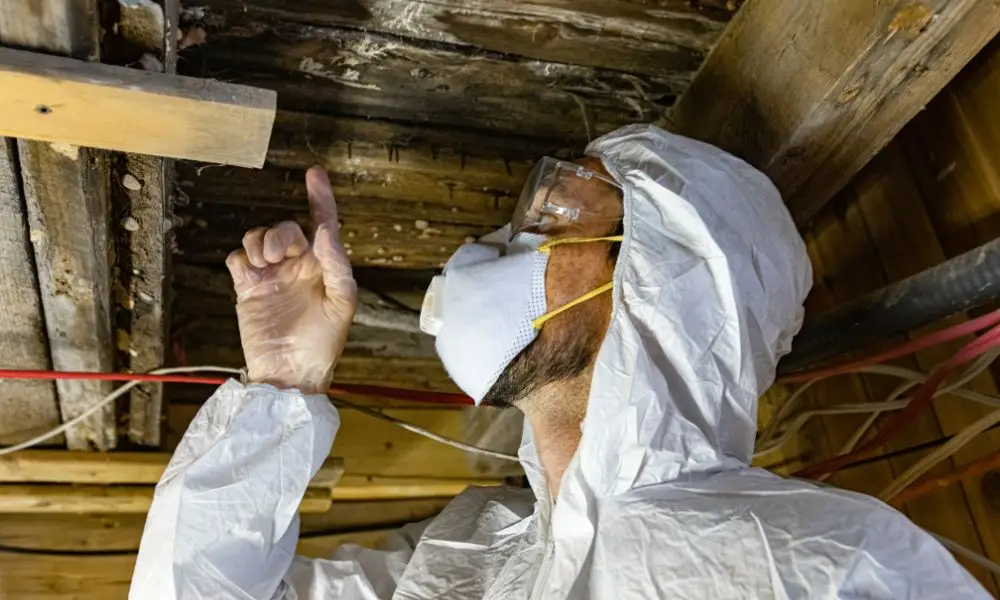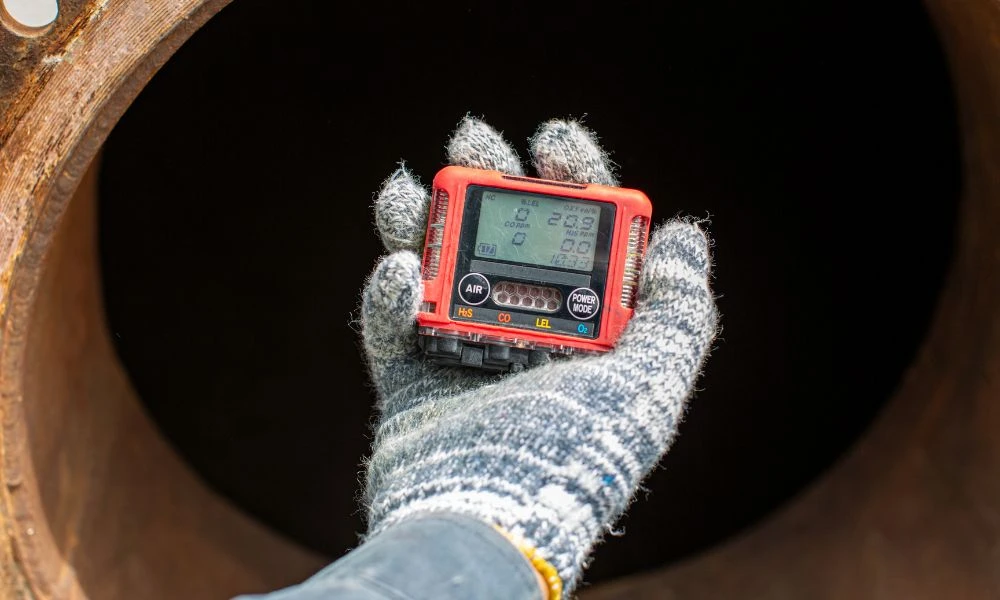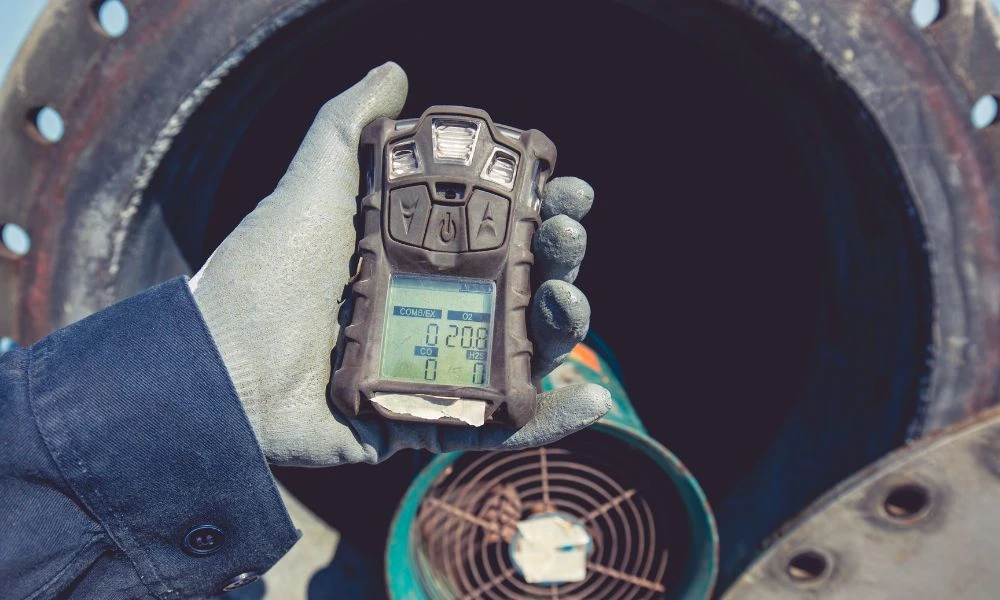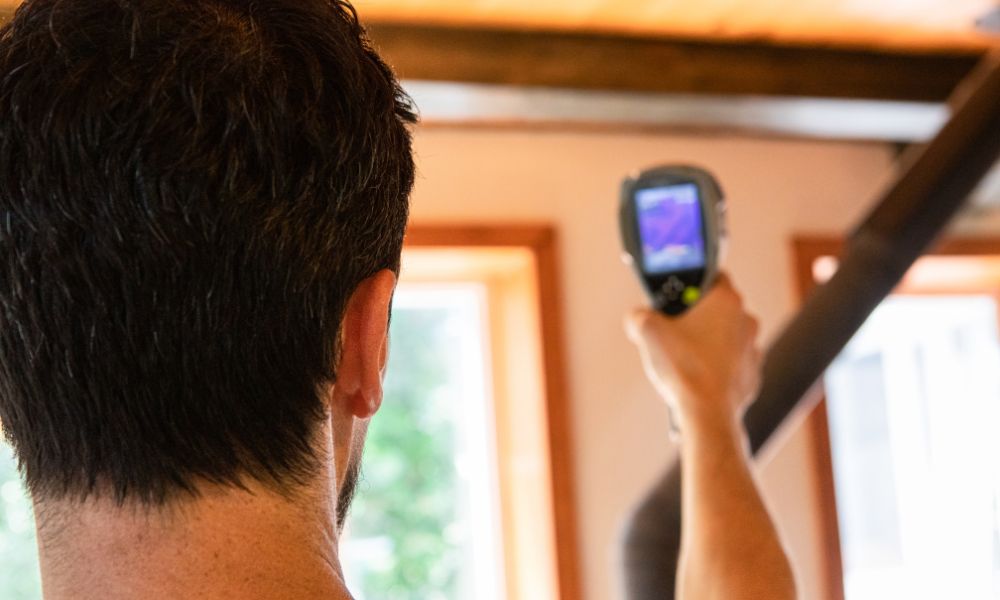In our fast-paced world, the significance of air often goes unnoticed. However, the quality of the air has a profound impact on our respiratory health. The Impact of Poor Air Quality is a pressing global concern affecting millions, leading to respiratory issues and long-term health complications.
Amid the demands of modern life, it's crucial to recognize that the seemingly inconspicuous air we inhale can either nourish our bodies or pose health challenges. The urgency to address this issue becomes apparent when considering the intricate connection between air quality and the intricate workings of our respiratory system.
In this comprehensive blog post, we will delve into the intricacies of the impact of poor air quality on respiratory health, drawing insights from various testing methodologies and shedding light on the urgency of addressing this global issue.
Understanding Poor Air Quality
Poor air quality is distinguished by an increased concentration of pollutants, including particulate matter (PM), nitrogen dioxide (NO2), sulfur dioxide (SO2), ozone (O3), and carbon monoxide (CO).
These pollutants, emanating from various sources such as vehicles, industrial processes, and natural origins, can reach levels that pose a threat to human health. Particulate matter presents respiratory risks, while NO2 contributes to irritation and worsens pre-existing conditions.
SO2 is linked to respiratory and cardiovascular issues, O3 impacts lung function, and CO diminishes the blood's oxygen-carrying capacity. Understanding the sources and compositions of these pollutants is critical for developing effective strategies to mitigate the adverse impact of poor air quality on public health.
Respiratory Health and Its Vulnerability
Exposure to poor air quality poses a substantial threat to the intricacies of the human respiratory system. Conditions such as asthma, chronic obstructive pulmonary disease (COPD), and bronchitis, already challenging for individuals, are intensified, resulting in heightened respiratory distress.
Moreover, the alarming association between long-term exposure to air pollutants and the development of respiratory infections, along with an elevated risk of lung cancer, underscores the pressing need to address the root causes of poor air quality.
It is imperative to implement comprehensive measures to protect individuals' delicate and individual respiratory health, with the urgency of mitigating the immediate and long-term consequences of inhaling polluted air.
Check out our blog where we explore the link between indoor air quality and health issues.
The Role of Testing in Assessing Air Quality
Ensuring an accurate understanding of the impact of air quality on respiratory health necessitates precise assessment methodologies. Diverse testing techniques are employed to measure pollutant levels and evaluate overall air quality within specific regions.
These methods encompass deploying air quality monitoring stations, leveraging satellite observations, and utilizing mobile monitoring units. These tests yield valuable data crucial for identifying sources of pollution, formulating effective mitigation strategies, and fostering public awareness.
By employing these testing methodologies, communities and policymakers can make informed decisions to improve air quality and safeguard respiratory well-being.
Also, Check our blog post on Why Businesses Should Prioritize Indoor Air Quality Testing in Workspaces.
The Impact of Poor Air Quality
The impact of poor air quality extends far beyond mere environmental concerns; it poses a profound threat to public health on a global scale. Inhaling polluted air laden with particulate matter and noxious gases has dire consequences for the respiratory system.
From aggravating existing conditions such as asthma to contributing to the development of chronic respiratory diseases, poor air quality is a silent assailant on our well-being. Vulnerable populations, including children and older people, bear a disproportionate burden of these health risks.
Moreover, the insidious nature of long-term exposure to air pollutants raises concerns about its potential role in more severe health outcomes, such as cardiovascular diseases and even certain cancers.
Recognizing and addressing the impact of poor air quality is not just an environmental imperative but a critical step in safeguarding the health and longevity of current and future generations.
Air Quality Index (AQI) as a Benchmark
The Air Quality Index (AQI) is a globally accepted tool for communicating the degree of air pollution to the public. Employing a standardized scale, the AQI categorizes air quality into distinct levels, from "good" to "hazardous."
This straightforward classification system offers individuals a clear and accessible means of understanding the potential health risks associated with their local air quality. Regular monitoring of the AQI empowers them to remain vigilant and enables them to make informed decisions aimed at protecting them.
By leveraging this crucial tool, individuals can adopt proactive measures, and communities can implement targeted strategies, collectively working to mitigate the impact of poor air quality on public well-being.
Check out our blog on "How Air Testing Labs Contribute to Environmental Health and Safety" to get a better understanding of this section.
Mitigation Strategies and Policy Interventions
A comprehensive strategy is imperative to the impact of poor air quality on respiratory health; a comprehensive approach encompasses a range of mitigation measures, including promoting sustainable transportation, rigorous enforcement of industrial emission controls, and the transition to cleaner energy sources.
Governmental policies play a central role in regulating pollutant emissions and cultivating a culture of environmental responsibility. The collective effort seeks to diminish air pollution levels, safeguard public health, and establish a sustainable and healthier environment for current and future generations.
This integrated approach recognizes the interconnectedness of individual actions, policy decisions, and technological advancements in fostering positive change for the well-being of our communities and the planet.
Individual Actions for Respiratory Health
Addressing the challenges of poor air quality requires a multi-faceted and collaborative approach. While broader policy interventions are undeniably crucial in regulating emissions and fostering environmental responsibility, individuals also play a pivotal role in protecting respiratory health.
Simple yet impactful measures, including using indoor air purifiers, choosing to stay indoors during high pollution periods, and actively reducing personal carbon footprints, empower individuals to mitigate the immediate effects of poor air quality. These personal actions contribute to individual well-being and commander-scale efforts, fostering a sense of collective responsibility for creating a healthier environment.
By embracing this dual perspective—recognizing the significance of systemic change and individual choices—society can collectively work towards reducing air pollution, safeguarding public health, and building a sustainable and respiratory-friendly future for present and future generations.
Check out SMS LABS Air Testing Services for Individuals and Businesses to keep yourselves and your close ones free from diseases.
Conclusion:
In conclusion, addressing the impact of poor air quality on respiratory health requires a comprehensive approach involving both individual and societal efforts. The urgency of this issue is underscored by its complexity and the immediate health risks it poses.
By leveraging insights gained from rigorous testing methodologies and identifying pollution sources, we can implement effective mitigation strategies to combat this pressing problem. This collective action aims to secure a future where access to clean and breathable air is considered a fundamental right for all.
Understanding the intricate link between poor air quality and respiratory health empowers individuals and communities to make informed decisions, fostering a commitment to a healthier and more sustainable world for future generations.







